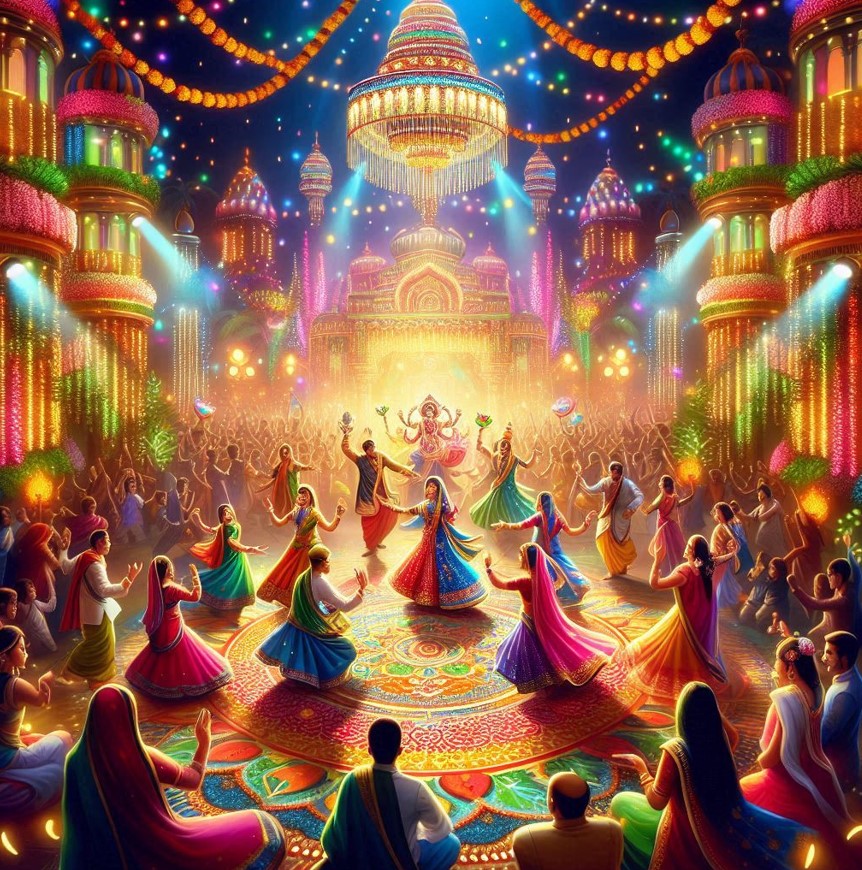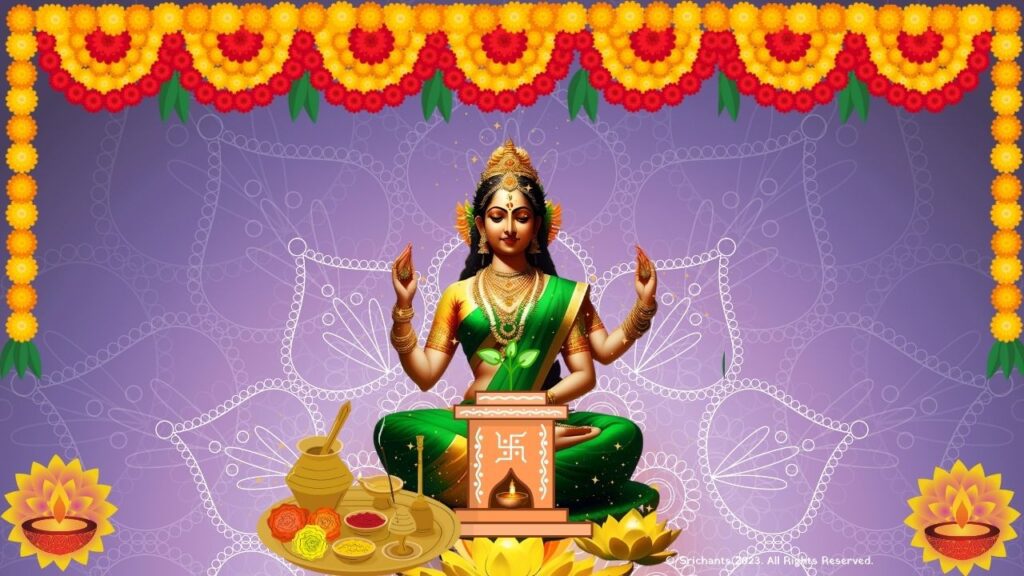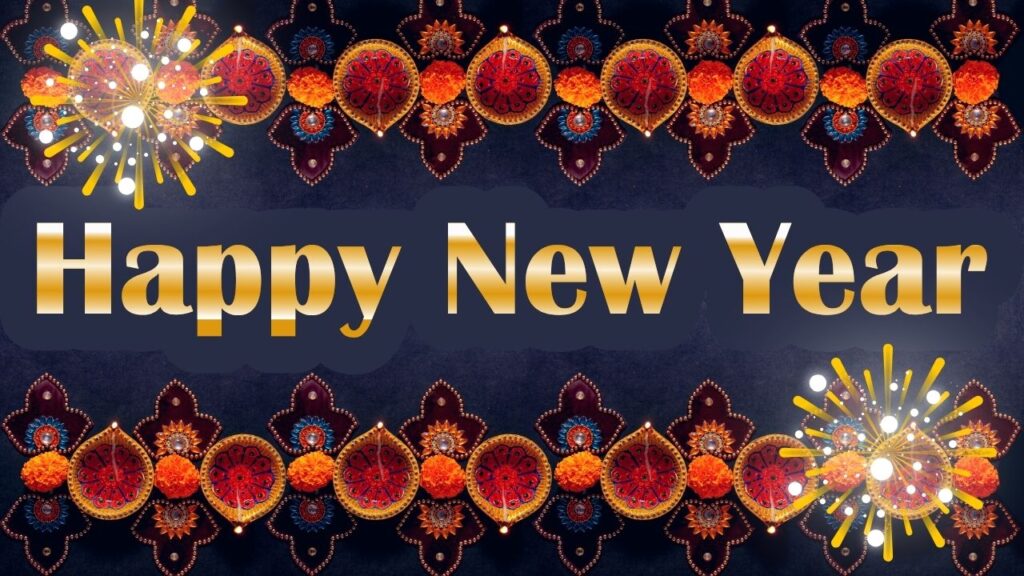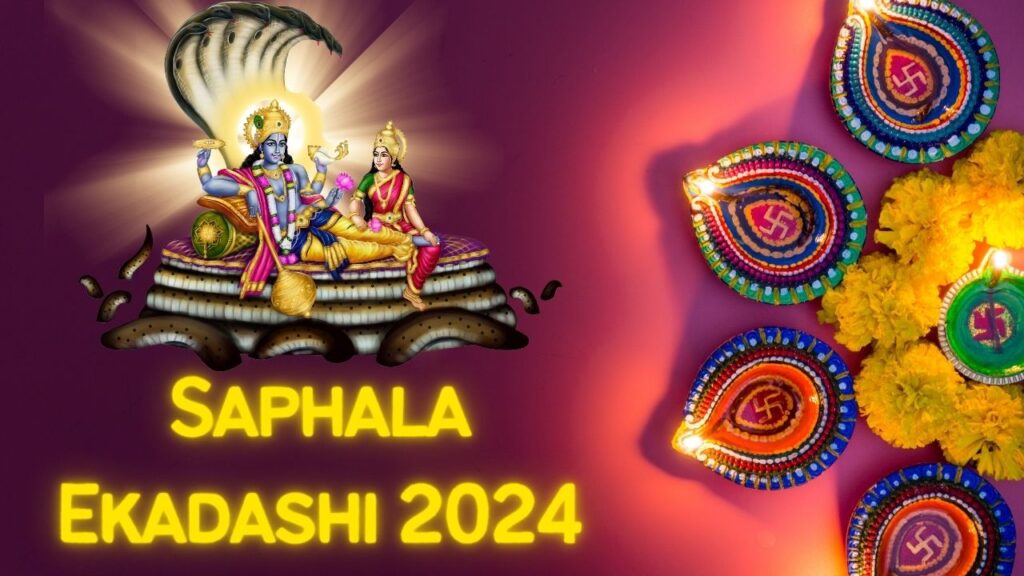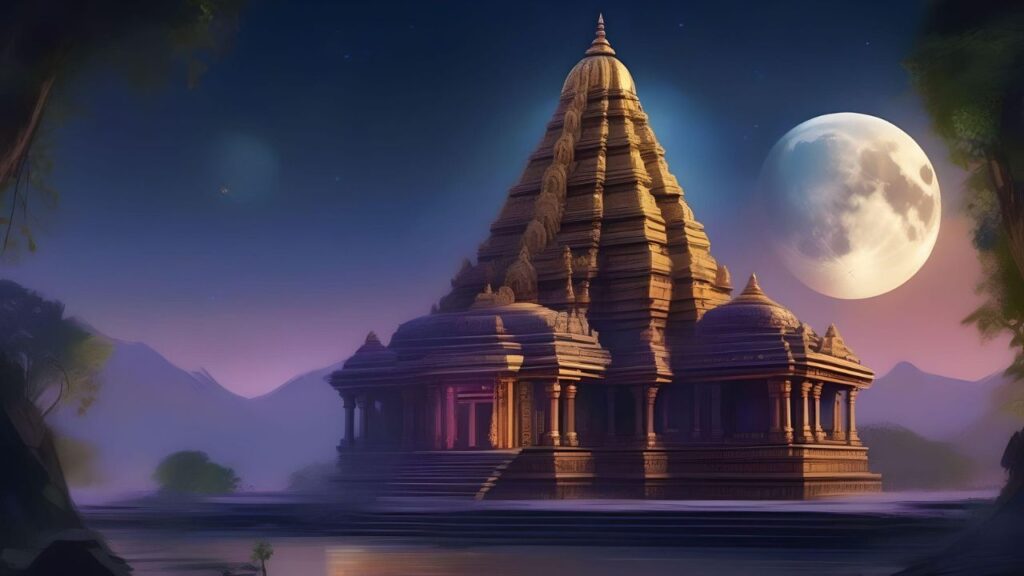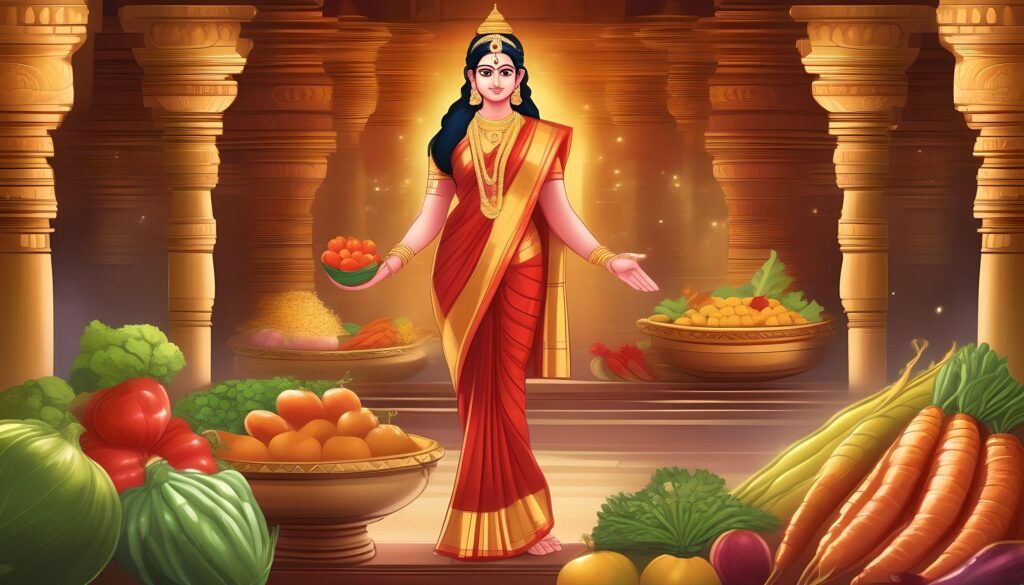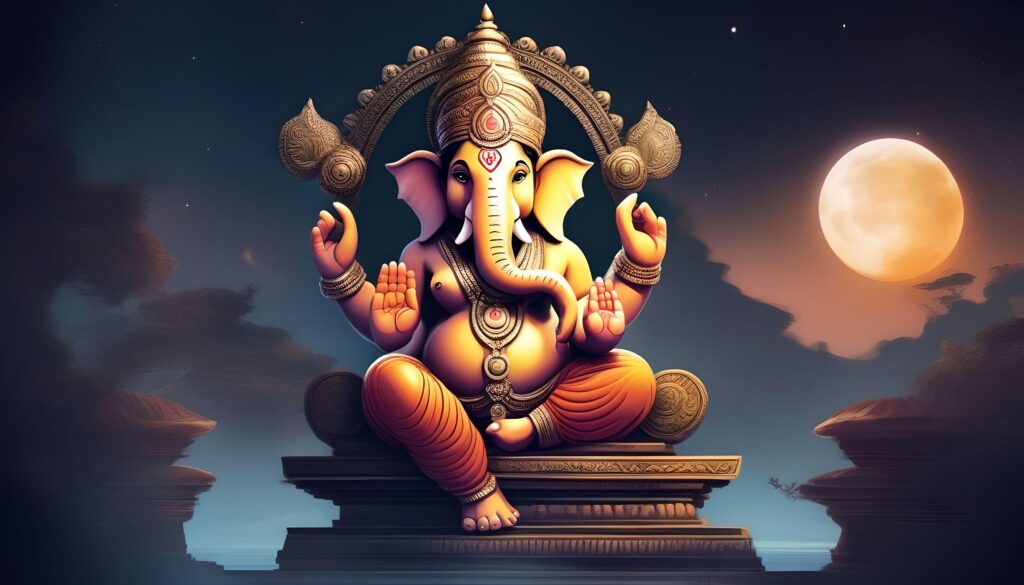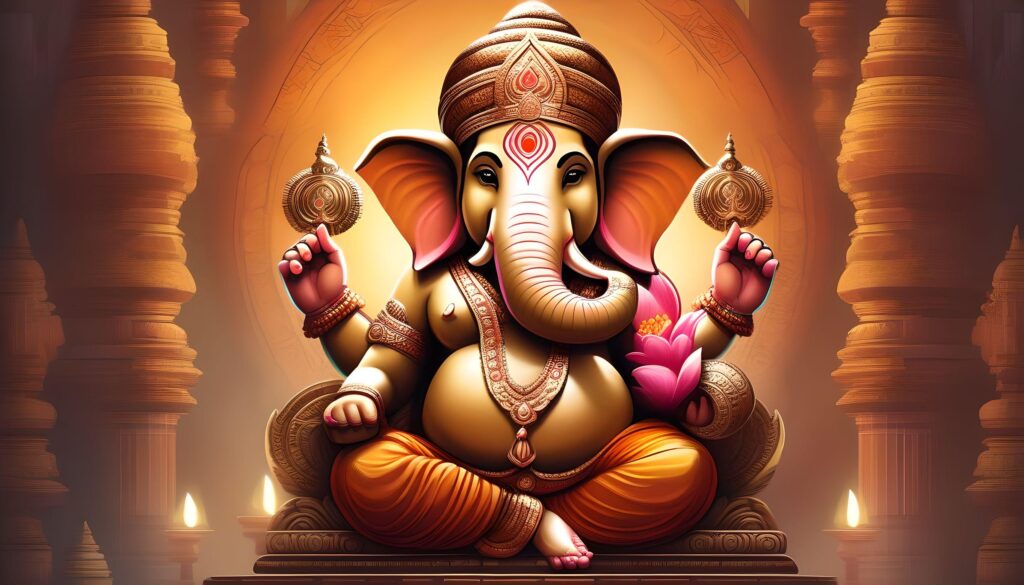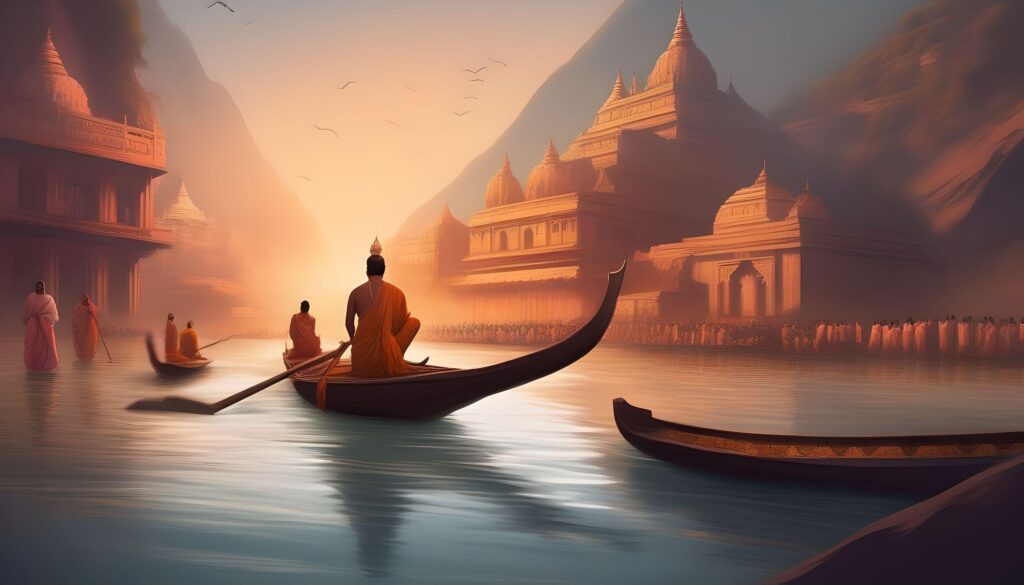Navratri: The Festival of Nine Nights
Celebrated mostly in India and in places of Nepal, Bangladesh, and even around the world where Hindu populations exist, Navratri is among the most often recognized Hindu holidays. “Nine nights,” or “navratri,” is the Sanskrit term, and this festival spans nine days and evenings indeed. This is a religious, spiritual, festive time. People respect the goddess Durga and her numerous forms nine days in pursuit of her blessings for riches, happiness, and health.
What is the Meaning of Navratri?
Two words make up the word “Navratri: “Nava,” meaning “nine,” and “Ratri,” meaning “nights.” Over these nine evenings and ten days, devoteers commemorate the nine forms of Goddess Durga. Every day honors a different form of the goddess, each signifying strength, bravery, and numerous dimensions of life.
History and Origin of Navratri
Navratri’s story starts in ancient Hindu scriptures and legends. The struggle between Goddess Durga and the demon Mahishasura dominates most widely reported stories. Hindu myth has Mahishasura as a powerful demon bestowed upon a gift by Lord Brahma. Nobody, man or divine, could kill him. As he began to let terror fly into the heavens, none of the gods could stop him. Then the gods created formidable female warrior Goddess Durga and assigned her weapons to fight Mahishasura. Durga at last defeated and killed Mahishasura on the tenth day of a nine-day and nighttime battle. Celebrated as Dussehra, sometimes Vijayadashami, this day marks.

Types of Navratri Celebrations
There are actually four types of Navratri celebrations throughout the year, but the most widely celebrated is Sharad Navratri. Each type of Navratri has its own significance:
- Sharad Navratri (September – October): The most popular and widely celebrated. It comes after the rainy season, marking the start of autumn.
- Chaitra Navratri (March – April): This marks the beginning of the Hindu New Year, and is celebrated during spring.
- Magha Navratri (January – February): This is less known and mostly observed in some regions of India.
- Ashada Navratri (June – July): This is also less celebrated and falls during the monsoon season.
Of all these, Sharad Navratri is the most grandly celebrated. It falls in the lunar month of Ashwin and leads to Vijayadashami on the tenth day.
The Nine Days of Navratri and the Goddesses Worshiped
Each day of Navratri has a unique significance. Devotees pray to a different form of Goddess Durga on each day:
- Day 1 – Shailputri: She is also known as the daughter of the Himalayas. This form of the goddess is worshipped as the embodiment of strength and calmness.
- Day 2 – Brahmacharini: This day is dedicated to the goddess of penance and austerity. She symbolizes love and loyalty.
- Day 3 – Chandraghanta: Known for her ten arms, Chandraghanta is a symbol of beauty and bravery. She rides a lion and represents strength.
- Day 4 – Kushmanda: This form is believed to have created the universe. She is worshipped for bringing energy, warmth, and light into life.
- Day 5 – Skandamata: The mother of Skanda (Kartikeya), this goddess symbolizes motherly affection and protection.
- Day 6 – Katyayani: She is considered one of the fiercest forms of Durga. She is worshipped for courage and power.
- Day 7 – Kalaratri: This form of Durga is dark and fierce, symbolizing the power to remove all negativity.
- Day 8 – Mahagauri: She represents purity and peace. Devotees seek blessings for a calm and pure life.
- Day 9 – Siddhidatri: The goddess of supernatural powers and healing. She is worshipped for wisdom and prosperity.
Each form represents a different quality of life, and devotees pray to each form with devotion.
Rituals and Customs of Navratri
- Fasting: Many devotees observe a fast during Navratri. Some choose to fast for the entire nine days, while others fast on specific days. During the fast, they avoid eating certain foods and stay away from grains, onions, and garlic. Fruits, milk, and special “vrat” (fasting) foods are commonly eaten.
- Ghatasthapana (Kalash Sthapana): On the first day, a pot or “kalash” is set up, symbolizing the presence of the goddess. The kalash is filled with water, and a coconut and mango leaves are placed on top. It is kept as a mark of devotion for the goddess, and some people also sow barley seeds next to it, which sprout as the festival progresses.
- Garba and Dandiya: In Gujarat and many parts of India, people celebrate Navratri with dance forms like Garba and Dandiya. Garba is a circular dance, while Dandiya involves dancing with sticks. These dances are performed around a central figure of the goddess, and they are a fun way to worship the goddess.
- Kanya Puja: On the eighth or ninth day, young girls are worshipped as forms of the goddess. They are invited into homes, offered food, and given gifts. This is a way to honor the goddess in her purest form, as a young girl.
- Vijayadashami (Dussehra): The festival ends on the tenth day, called Vijayadashami or Dussehra. This day marks the victory of good over evil. In many places, people burn effigies of Ravana, symbolizing the end of evil.

Navratri Celebrations Across India
Navratri is celebrated differently in each region of India, showcasing the country’s rich cultural diversity.
- West Bengal: Here, Navratri is celebrated as Durga Puja. Elaborate idols of the goddess are created, and grand celebrations take place. The last four days of Navratri are the most important, with huge processions, music, and dancing.
- Gujarat: Known for its Garba and Dandiya nights, Gujarat celebrates Navratri with dance, music, and colorful costumes. People gather in large grounds to dance and worship.
- Maharashtra: Similar to Gujarat, Maharashtra also celebrates with dance, music, and devotion. People also set up “Golu” displays, which are small figures arranged in a beautiful way to honor the goddess.
- Northern India: Here, Ram Leela performances are held, narrating the life of Lord Rama. On the tenth day, Dussehra is celebrated by burning the effigies of Ravana.
- Southern India: In the south, especially in Tamil Nadu, Karnataka, and Andhra Pradesh, people display “Golu,” a set of dolls and figurines on steps. This is an age-old tradition where people visit each other’s homes to see the Golu display.
Significance of Colors during Navratri
Each day of Navratri has a special color associated with it. Devotees wear clothes of the day’s color to bring prosperity and luck. Here are the colors associated with each day:
- Day 1 – Yellow
- Day 2 – Green
- Day 3 – Grey
- Day 4 – Orange
- Day 5 – White
- Day 6 – Red
- Day 7 – Royal Blue
- Day 8 – Pink
- Day 9 – Purple
These colors hold different meanings and are thought to bring blessings and positivity.
Importance of Fasting During Navratri
Fasting is an important part of Navratri. Many people fast to purify their body and soul. It is believed that by fasting, people can control their desires and focus on spirituality. In Hinduism, fasting is seen as a way to honor the goddess, maintain discipline, and seek her blessings.
There are different types of fasting observed:
- Full Fasting: Some people consume only water.
- Partial Fasting: People avoid grains, non-vegetarian food, and alcohol. They may consume fruits, milk, and special Navratri food items.
- One-Meal Fasting: Some people eat only once a day, usually in the evening.
Fasting is not just a religious act; it is also seen as a healthy practice.
Modern-Day Navratri Celebrations
Navratri has lately seen some changes in several aspects. People have fun in public spaces, bars, and community centers. Modern celebrations ask for contests, theme evenings, and fusion dances. For many young individuals, Navratri’s energetic dances and chance to meet others appeal. Social media is extensively used for the celebration since people all around the world share their Navratri experiences.

The Spiritual Side of Navratri
Navratri marks a period for spiritual growth and introspection above celebrations and customs. Many meditate and run mantras to help them to focus on their inner self. Navratri is meant to be a time for physical and mental purging. This is a chance to acquire power from the goddess, release terrible notions, rejuvenate.
Conclusion
Navratri goes beyond simple festivity to be more. It’s celebrating everyone’s feminine power. The nine days encourage people to pursue blessings for a rich and happy life by interacting with their inner strength. Whether via dance, prayer, fasting, or dedication, Navratri brings millions of people joyful and hopeful. It reminds us of everyone carrying spiritual strength and the capacity of good above evil.
As Navratri ends with Dussehra, anxious for another year blessed by the goddess, people celebrate with joy, appreciation, and loyalty.
#garba #navratri #gujrati #happy #happynavratri
